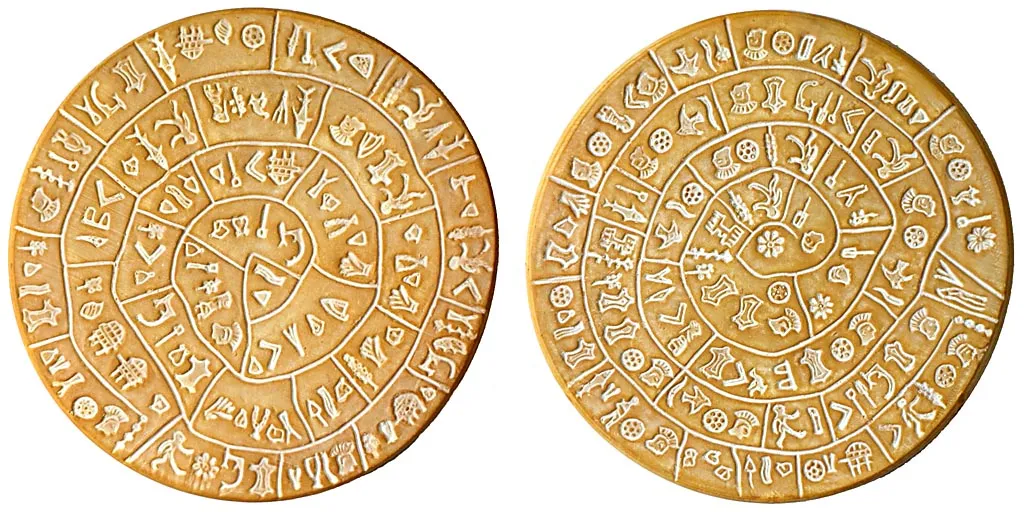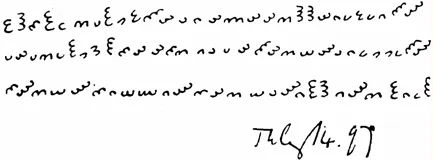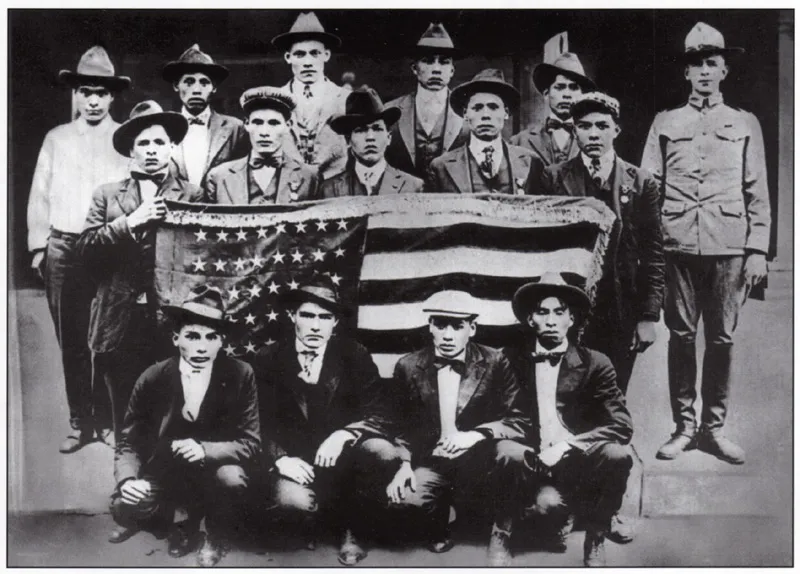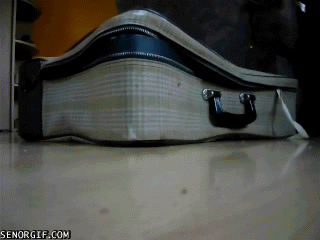In his new bookDe/Cipher, Mark Frary looks at 50 of the greatest codes and codebreakers throughout history from the ancient Greeks to the codebreakers of Bletchley Park and shows how the codes work and how you can crack them. But what makes a great code? Here he shares his ten favourites:
1
The Phaistos disk

In 1908, Italian archaeologist Luigi Pernier uncovered a small, clay disk covered with spirals of unknown characters in a Minoan palace in southern Crete.
The disc contains 242 symbols in total, of which 45 are unique. The symbols are pictograms representing a range of subjects, including women, children, weapons, birds and plants. The symbols are remarkably distinct and detailed.
Some scholars suggest that the disc is an astronomical calendar and some believe it comes from the legendary sunken city of Atlantis.
There is much debate about which language is represented and the shortness of the script on the disc and the fact that there are no other texts that use the same symbols, means that there is unlikely ever to be consensus on its true meaning.
2
The Voynich manuscript
The world’s most mysterious book - Stephen Bax (YouTube/TED-Ed)
In 1912, Polish-born antiquarian bookseller Wilfrid Michael Voynich bought 30 books from a Jesuit college in Italy including a vellum codex dating from the 1400s that has since become known as the Voynich Manuscript.
The 240 pages of the manuscript are covered with 170,000 unusual symbols and glyphs. On virtually every page, there are illustrations of botanical specimens and astronomical drawings while the more unusual ones show "miniature female nudes, most with swelled abdomens".
Top US codebreaker William Friedman tried to crack the code but failed. In 2014, Professor Stephen Bax of the University of Bedfordshire made the first steps insolving the mysteryby analysing medieval herbal texts and working out the possible meaning of a number of words and symbols.
3
The Ave Maria code

German abbot Johannes Trithemius was the author of the first printed book on cryptography but many thought his secret writings meant he was dabbling with the devil and he was forced to resign his post.
One of his codes is known as the Ave Maria cipher. His bookPolygraphiaconsists of 384 columns of letters of the alphabet, each with a corresponding code word as shown in the examples above.
Say you wish to encrypt the word ‘monk’. Using the tables above, you write down the corresponding word for each letter from consecutive columns. The coded message for monk would therefore readRector gloriosus mansionem immortalem.
The recipient carries out the same thing in reverse to reveal the word. Anyone intercepting the message – a long list of Latin words - would think it was merely a prayer, meaning it is unlikely to attract suspicion.
Bellaso cipher
In the 16th century,Italian cryptographer Giovan Battista Bellaso recognised the power of using multiple alphabets to encrypt messages. Bellaso's method uses ten alphabets as shown in the image below:

To use the cipher, you use a keyword previously agreed between the sender and recipient.
We write this keyword out as many times as needed above our message as below (we have used ROMVLVS). To encipher each letter, we look at the alphabet labelled with each letter of the keyword in Bellaso's chart above and then write down the letter that sits above or below that character from the message to get the encrypted letter.
The coded message was then QMUNMTCPIIIALQSDAYM. Note that different letters in the original message can be encrypted as the same cipher letter – a good way to confuse anyone intercepting the message.
Dorabella cipher

In July 1897, the composer Sir Edward Elgar was invited to visit the Reverend Alfred Penny. Afterwards, Elgar wrote a note of thanks to the family and included a cryptic note for their 23-year-old daughter, Dora.
The message comprises 87 characters made up of a series of connected semi-circles, oriented in one of eight directions.
Dora herself claims never to have decoded the message. Intriguingly, Dora has one ofEnigma’s famous variationsnamed after her, suggesting a possible link.
Some codebreakers believe that the cipher is not writing at all but rather a coded musical piece with the orientations representing notes and the number of semicircles relating to natural, flat and sharp notes.
Sherlock’s code

Sir Arthur Conan Doyle was fascinated by codes and he used it as the central plot device of the Sherlock Holmes storyThe Adventure of the Dancing Men.In the story, a Norfolk landowner Hilton Cubitt, and his new American wife Elsie, start receiving strange messages.
The messages show dancing men with arms and legs in differing positions and carrying flags. Their arrival causes Elsie much distress and Cubitt seeks the Baker Street sleuth's help.
Sherlock realises the message uses a simple substitution cipher where a letter is always represented by the same dancing man. He uses a technique called frequency analysis to decipher the message. In English, the most common letters used are E, T, A, O, I, N, S, H, R, D, and L and so an analysis of which stickmen are used most frequently can be used to decipher the message. Homes realises one of the messages says ELSIE PREPARE TO MEET THY GOD and races to Norfolk.
Before he arrives, Cubitt is shot dead but Holmes identifies the murderer as neighbouring farmer Abe Slaney, a former Chicago gangster who had been involved with Elsie during her time in America.
The Choctaw code talkers

When the US Army's 36th division was fighting on the Western Front in France in the First World War, it had to rely on the telephone to transmit messages. However, the Army was convinced that the messages were being eavesdropped by the Germans.
Within the division, there was a company of Choctaw Native Americans who spoke twenty-six different dialects, most of which were never written down. They were asked to translate and communicate the regiment’s messages and the Germans suddenly found they were unable to comprehend anything of what was being said.
One interesting feature of the system was that the Choctaw dialect did not include all the necessary military terms required to transmit messages. They used the term "big gun" for artillery and "little gun shoot fast" for machine gun.
The SOE code
During the Second World War, Britain’s Special Operations Executive communicated with agents behind enemy lines using codes based on poems.
The first step is to choose five words from a poem such as Shakespeare’s “Shall I compare thee to a Summer’s day? Thou art more lovely and more temperate” and write them out in the top row of a grid.
We then work our way through the alphabet, starting at a and find the first occurrence in the grid, numbering it 1. The second a is numbered 2, the third 3. We then move to the letter b and do the same. If no b is found, we just move on to c and continue numbering like this until every letter has a number. You then write out your message letter by letter in the columns underneath. If the message is too short to fill the columns, fill it with xs.
Look at the numbers again and write down all the letters in the column below the number 1, followed by 2 and so on to give the coded message LEI STS IAO TAM IOD BSN ERE LRD CII and so on. You need the original poem words to be able to break this code easily.
Cat meme code

That cute cat meme may not be quite what it seems – it could be hiding a secret message.
Steganography, or hiding messages, has been around since ancient times but some people are now bringing it right up to date by hiding messages in the colour information of digital images.
The image system known as 24-bit RGB can be used to distinguish between millions of different shades and the red, green and blue contributions to each pixel are represented by eight binary digits. The contributions range from no colour (00000000) to full colour (11111111).
The difference in shades represented by, say, 11111110 and 11111111 is imperceptible to the human eye. Knowing this we can use the rightmost digit to hide information. One pixel gives us three binary digits (red, green and blue) to play with and a web image measuring 5cm square contains more than 20,000 pixels so you can easily hide a text message or even a completely different picture, as long as the recipient knows how to extract the information.
Quantum cryptography
Using quantum mechanics could prove to be the ultimate cryptographic method. One scheme uses the polarisation of photons to hide information.
Light can be polarised in one of two ways: one in which vibration is horizontal or vertical (called rectilinear) and another in which vibration is diagonal. We can use these polarisations to represent the binary digits 0 and 1. For example, in horizontal polarization (-) might represent a 0, making vertical polarization (|) represent 1. Or left-handed diagonal polarization () might be 0 and right-handed (/), 1.
To make this work for messaging, both sender and recipient need to know which polarisation scheme has been used, rectilinear or diagonal. Only by using the correct type of detector will you get the correct binary digit out.
Let's see what this means. Alice sends Bob a short (six digit) message using photons that have been randomly polarized.
1
ArrayX= diagonal; = rectilinear
Bob then measures the polarization of the photons that reach him. He switches between his rectilinear and diagonal polarization detectors randomly, meaning that sometimes his choice will match Alice's but sometimes not.
|
ArrayBob's random choices came good for the first, fourth and sixth photons although he doesn't know that yet. Alice and Bob simply need to get on the telephone so that she can tell him which polarization scheme she used for each photon—without revealing whether the bit was and 0 or a 1. Bob can then confirm that he got it right for photons one, four and six. This allows Alice and Bob to use those three photons as an encryption key whose security is guaranteed by the laws of physics - this is called quantum key distribution.

Follow Science Focus onTwitter,Facebook, Instagramand Flipboard